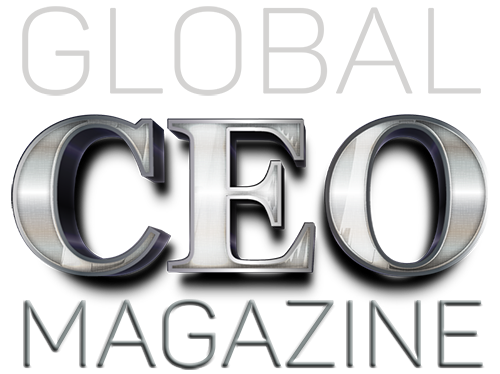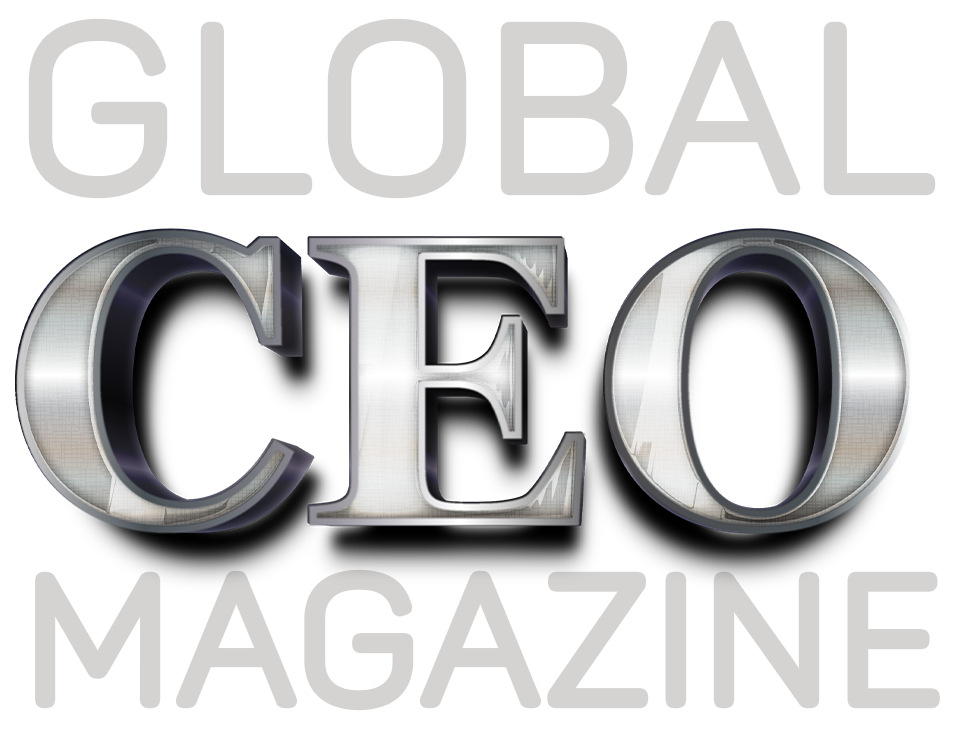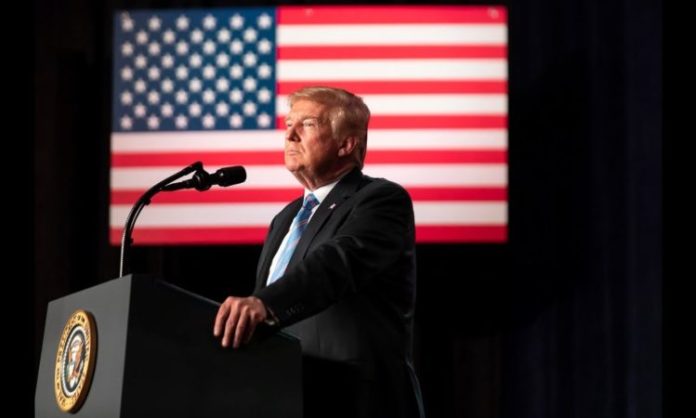President Donald Trump recently shared his economic strategy with global business leaders, providing a comprehensive outline to address inflation, revamp manufacturing, and implement substantial tax cuts. As analysed by David Goldman and Allison Morrow for CNN, Trump’s plan is rooted in a carrot-and-stick approach to economic reform.
Speaking at the World Economic Forum, Trump detailed his vision for American prosperity. The plan involves lowering the corporate tax rate to 15% to encourage businesses to operate within the US, while imposing hefty tariffs on companies manufacturing abroad. This dual strategy, Trump claims, will generate significant revenue, reduce national debt, and revitalise American manufacturing.
To combat inflation, Trump aims to lower energy costs by increasing US oil and gas production and negotiating with OPEC. This, he believes, will lead to reduced costs for consumers. Additionally, he proposes that the Federal Reserve lower interest rates to further stimulate economic growth, arguing that reduced inflation would justify such a move.
While aspects of the plan, such as tariffs, have received support from figures like JPMorgan CEO Jamie Dimon, Goldman and Morrow highlight the potential challenges in its implementation. Critics warn that the complexity of Trump’s vision could lead to counterproductive outcomes.


